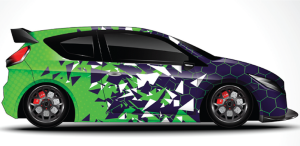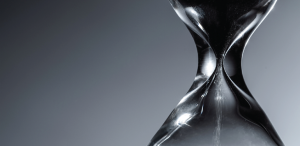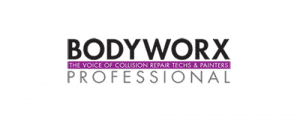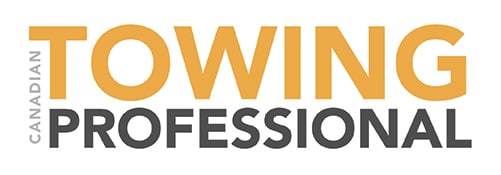THREE STRANGE PATENTS PURSUED BY OEMS
BY ALLISON ROGERS
Innovation is a staple of this industry. Every single day, automakers and other industry stakeholders file patents aimed to revolutionize the modern vehicle.
While trends of today tend to centre around driver safety systems and electric or autonomous vehicle endeavours, other systems are, frankly, far less practical. And we know those at the top likely aren’t considering how the production teams on the bodyshop floor could repair such emerging technologies.
The Collision Repair team collected a list of some recent head-scratchers in the area of OEM patent pursuits. Check out our top-three findings below.
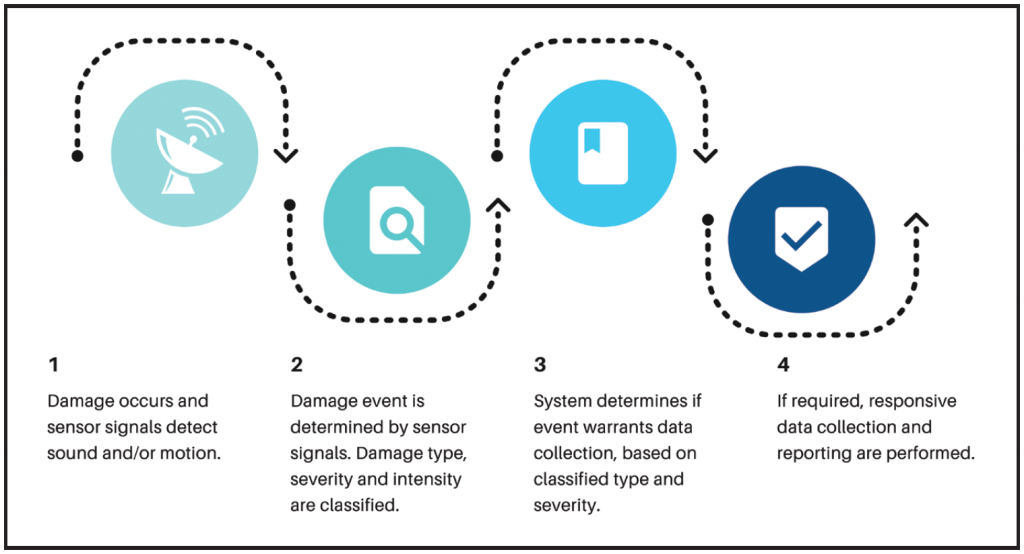
EYES AND EARS
Ford’s latest patent seeks to revolutionize the first-notice-of-loss process.
Ford’s patent seeks to allow connected and non-connected vehicles to not only identify vehicle damage in real-time, but to perform incident management and reporting. The system would be able to detect damage and alert the driver in real-time, via an incident claim form automatically passed to the required third party, if indicated; i.e., an insurer, police, EMS or tow services.
The OEM says the patent is designed to detect often-unnoticed dings, dents and scrapes that can occur when a vehicle is left unaccompanied in a high-traffic area, like a parking lot. Damage may be determined using sensors on a vehicle using machine learning models, says Ford.
“Once a [machine learning] model is trained, a continuous signal output response from the sensors may be integrated into the trained model, which can then classify damage into different categories or types. Another model can be trained to identify the type and/or intensity of the damage. Constant noise or vibration present in a static vehicle can also be trained and eliminated by this [machine learning noise] model. Inputs can be integrated from multiple sensors, like accelerometers, gyroscopes, sounds or vibrations—just to name a few to identify the type of damage and its intensity.”
The OEM stresses that the system and methods described in the patent could also be used to determine vehicle damage when a vehicle is not in motion, or turned off entirely. Some methods for communicating damage on non-connected vehicles could include blockchain processes to communicate the damage with relevant parties.
Communication with an insurance company of either the damaged vehicle or the damage- causing vehicle could also be used to initiate first-notice-of-loss and the claims process.
We know those at the top aren’t likely considering how production teams on the bodyshop floor could repair such emerging technologies.
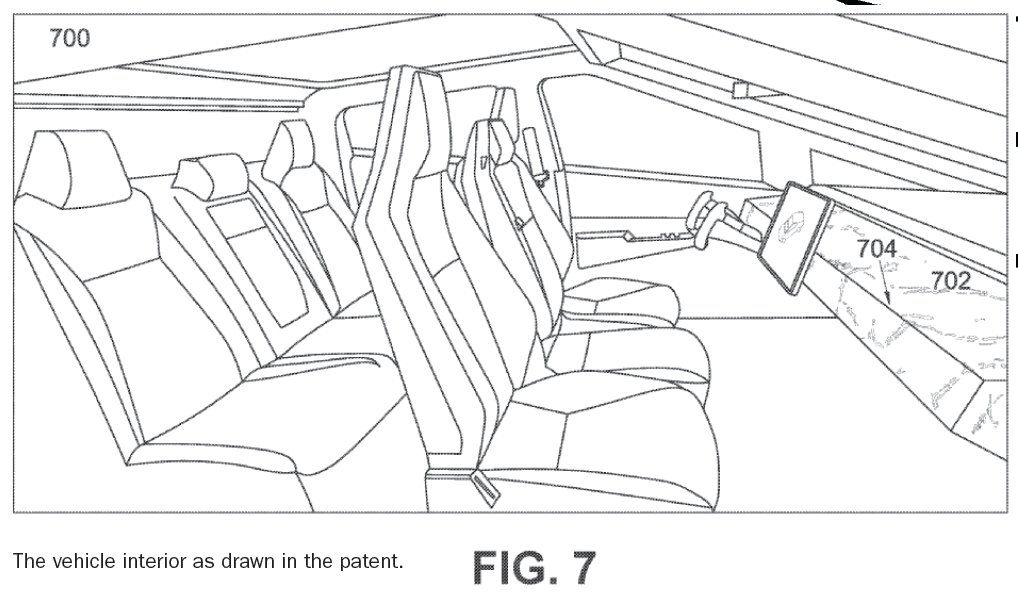
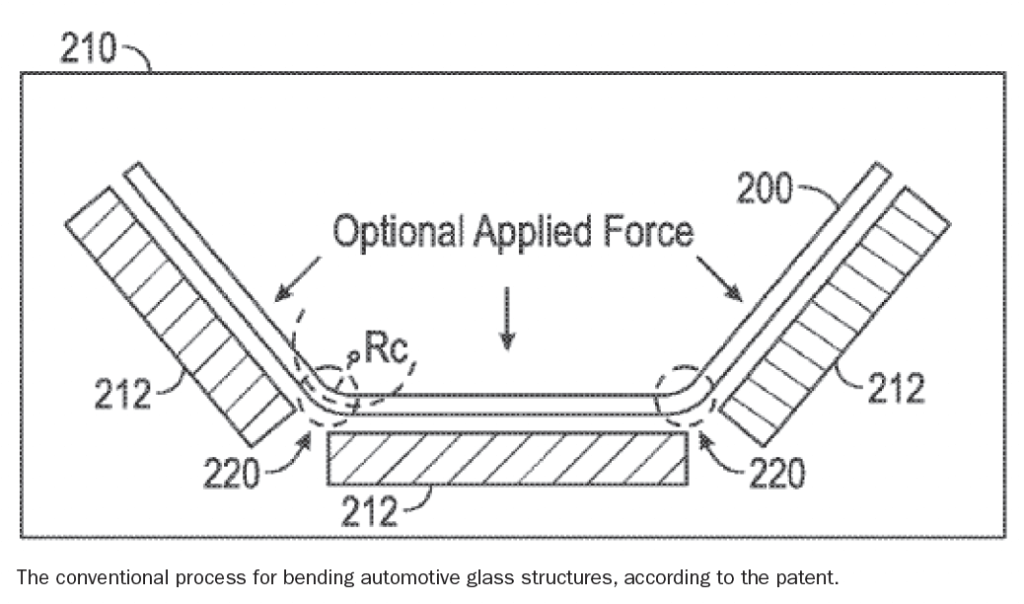
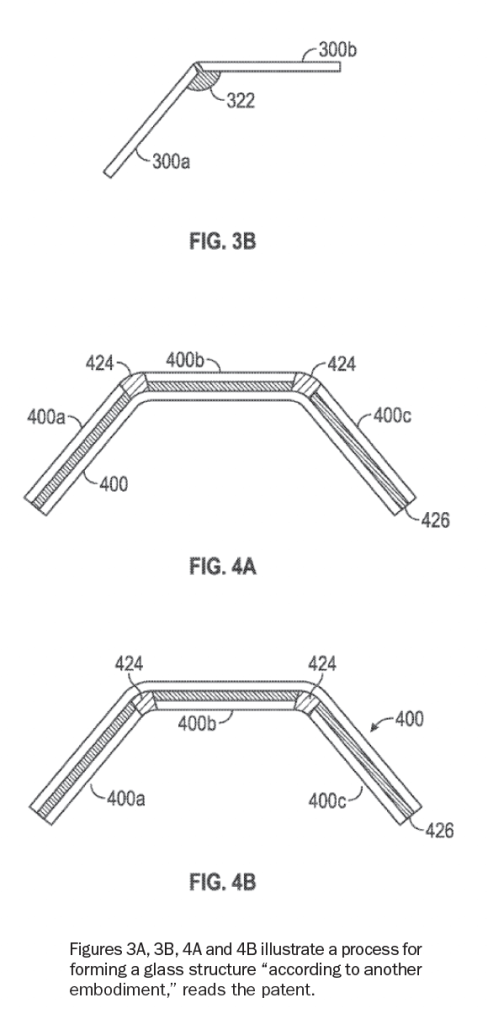
CURVES AND BENDS AHEAD
Tesla has some unique plans for the Cybertruck windshield, according to a patent filed to the United States Patent and Trademark Office (USPTO)—and it’s pretty mind-bending.
A patent titled ‘Automotive Glass Structure having featured lines and related methods of manufacture’ was granted on January 19, and explains that heat can be used (i.e., applied to the glass) at certain locations so the Cybertruck windshield can be bent to achieve curvatures between 2mm and 5cm. The EV automaker also said the windshield could incorporate “additional layers of curved or joined glass…to form a curved multi-layer glass structure for automotive use.” The patent says that, typically, only smooth, high radius of curvatures (between one metre and three metres or more) are used for automotive glass structures.
“An example method [in the patent] includes applying localized heat [e.g., via a laser, heating element] to a location of a substantially planar glass structure and bending the glass structure at that location [e.g., along a line of the planar glass structure] to form a feature line in the glass structure,” reads the patent. “The techniques described herein. May allow for forming glass structures with aggressive curves or folds.” Bends in the glass could be between five degrees and 120 degrees, or between 45 degrees and 60 degrees. Glass pieces may also be connected using adhesive.
“This adhesive may be similarly locally heated to allow for aggressive feature lines.” The patent suggests that tools like lasers, heating resistors (e.g., tungsten wire, rod), flame, plasma radiative (e.g., diode) could be used to provide the required heat for the bending process.
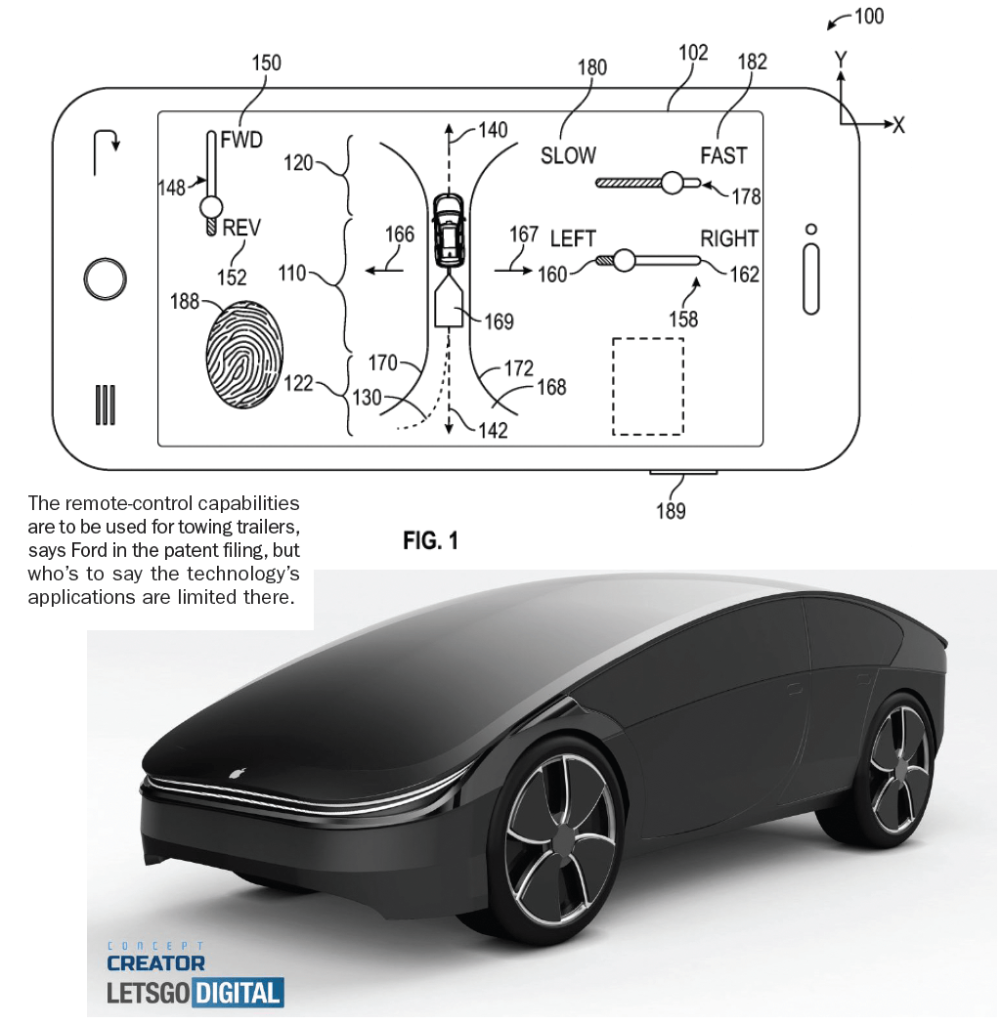
THE ULTIMATE RC CAR
In December 2022, Ford filed a patent for vehicular remote control capabilities using a smartphone as a controller.
The system described in the patent indicates it would be used to aid the towing of a trailer. Control input on the user’s smartphone could be used to generate a signal for controlling the movement of the vehicle and trailer. “Operating a vehicle with a trailer in tow can be very challenging for many drivers,” writes Ford in the filing. “A system with a remote device may be used to assist with operating a vehicle with an attached trailer. It is desired that the operation of the vehicle with the system is done when the user is actively using the remote device.”
“For example, the display is a touchscreen display and the mobile device is configured to display inputs that can be selected or manipulated through contact or gestures on the display,” reads Ford’s filing to the USPTO. “A trailer is coupled to the vehicle via a hitch such that the vehicle is able to push or pull the trailer to another location.”



